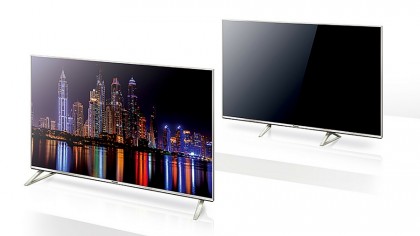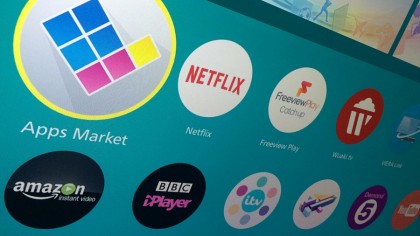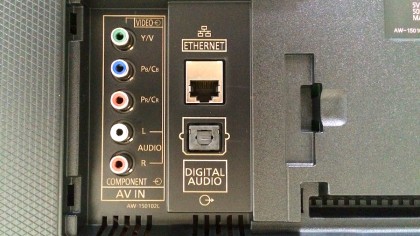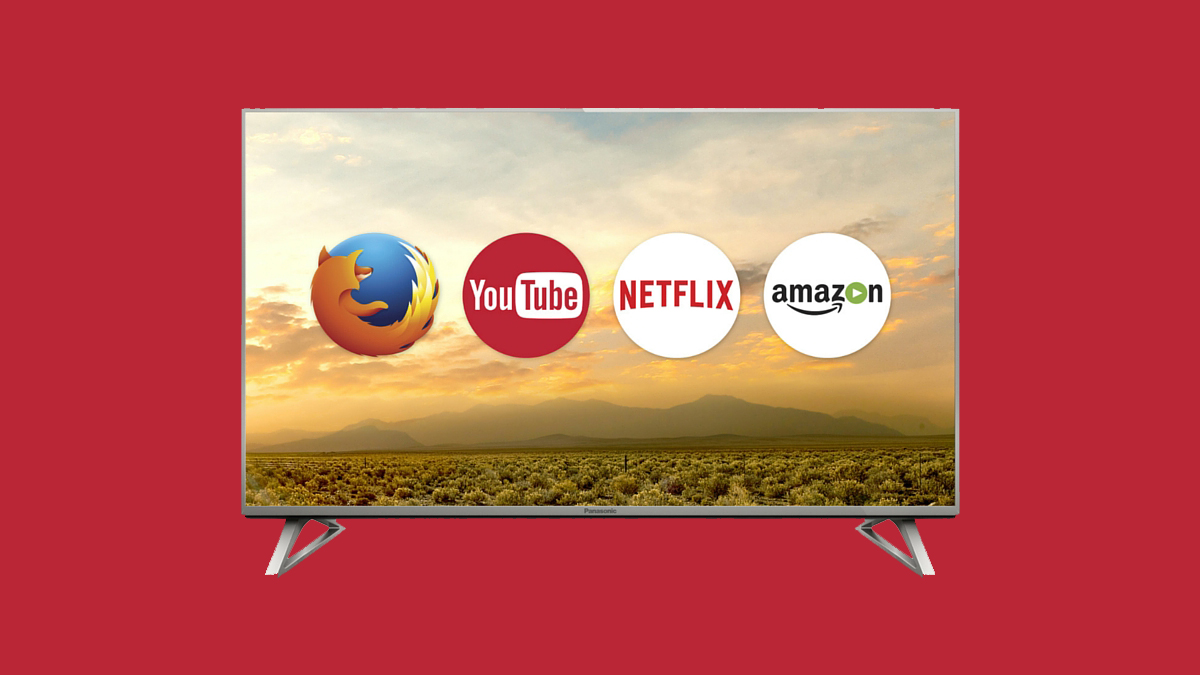TechRadar Verdict
Great 4K detail and all-round performance with various sources, but Panasonic's smallest and most affordable TV for HDR proves that not all HDR TVs are equal.
Pros
- +
Firefox OS
- +
4K detail
- +
HD & SD sources
- +
File handling
- +
Freeview Play app
Cons
- -
HDR lacks sparkle
- -
Tight viewing angle
- -
Some light leakage
- -
Too small for 4K
Why you can trust TechRadar
There's no doubt about it, 4K looks its best on a 60-inch TV. But who has room for a traditional big screen? Not everyone obviously, which is why Panasonic has loaded this 40-inch edge LED-backlit LCD TV with all of its latest tech including, of course, 4K.
However, because the panel is so small, a 3840 × 2160 resolution isn't the main reason to buy Pana's 40-inch. No, that distinction goes to the inclusion of high dynamic range (HDR).
Promising brighter, more colourful and more contrasty images, HDR is the future – and it's not diminished by the size of your TV. Theoretically, that means the 40DX700, the smallest and cheapest HDR TV available from Panasonic, ought to wow us with era-defining colour. (It doesn't, but we'll cover that more in a minute.)
Don't expect any curves on the 40DX700, either – it's flat and slim, with a matte silver trim measuring just 5mm around the sides and top, and only 16mm along the bottom, which tapers backwards. Unusually, it's also got a choice of how it's supported.
Do you ever look at your TV and think, "Man, I wish its little silver feet were slightly further apart!"? No, nor me, but nevertheless the 40DX700 has two separate configurations for its triangular bracket-style feet: one at each end for an easel-like appearance, or both much closer to the middle of the set. The latter doesn't look half as good, though it's a probably a decision that will ultimately be left to size of the table on which you place the DX700.

The edge LED-backlit VA panel inside the 40DX700 offers local dimming and claims 14000Hz scanning. That number is more gimmick than hard-and-fast science, though.
In layman's terms, 14000Hz is merely backlight motion rate, or BMR for short, which uses the panel's frame interpolation feature to fudge a 14000Hz effect. Really, all that means is that you won't see much motion blur on the 40DX700 which, don't get us wrong, is crucial – a 4K TV with blurry moving pictures would be pretty useless.
Firefox OS is heating up
Although Panasonic calls its new operating system My Home Screen 2.0, it's actually built entirely around Mozilla's Firefox OS and is absolutely brilliant. Three large icons for TV, Apps and Devices float over whatever input is live, which makes it much easier to use than so-called smart TVs of years gone by.
It's all controlled by a large, silver remote control that sports large buttons and plenty of easy to use shortcuts. Chief among them is a red Netflix button, though the clear Apps and Home buttons are just as important. It's also possible to 'pin' almost anything to that screen. This works best if you add a favourite TV channel, though it's just as easy to add an input – perhaps HDMI1 – and rename it 'Blu-ray player' or 'Xbox One.'
Reach the apps page and there's one standout that begs to be pinned to that Home screen: Freeview Play.

It's nothing more than a hub app for the catch-up TV apps from UK broadcasters, but the chance to have the BBC iPlayer, ITV, 4 On Demand and Demand Five all in one place is excellent. The BBC's News and Sport apps come as a bonus. Other apps include Netflix and Amazon Instant (and, yes, the 40DX700 has HEVC decoding for 4K streaming), YouTube (complete with VP9 decoding for watching in 4K), AccuWeather, Wuaki.tv, Chilli Cinema, and many more squirrelled away in its Apps Market.
Happily, it's all powered by a quad core PRO processor, and so remains fluid and quick to update with apps loading rapidly.
The ins and outs
How many inputs do most people actually use on a TV? That question has obviously been asked, and answered, by Panasonic's TV designers because they've fenced-off what they consider the unpopular ones.
A small flap on the back of the 40DX700 lifts away to reveal an Ethernet LAN slot (sensible, since most of us use WiFi), a set of component video inputs (we're surprised these even exist on TVs nowadays), stereo phonos (ditto) and an optical digital audio output (OK, so that's where we disagree with Panasonic – the 40DX700's speakers aren't that good).

The oft-used slots are on an easy-to-reach side-panel on the TV's left-hand side as it's being watched. Three HDMI inputs are supplied in a line – two HDCP 2.2-compatible for 4K, the other one ARC-ready – alongside a USB slot, RF input to feed the Freeview HD digital TV tuner, a headphones jack and a Common Interface slot.
All of those ins and outs force cables sideways, which should make the 40DX700 easy to wall-mount, though, there are a couple more USB slots nearby, both of them rear-facing.
Also available
At a mere 40 inches in screen diameter, the 40DX700 is the little sister to its two stablemates in the DX700 series, the 50-inch 50DX700 and the 58-inch 58DX700. Unlike the recently reviewed TX-DX600 series, all include 4K resolution and HDR.
However, if you do want a 40-inch TV with the latest and greatest technology from Panasonic, trade up to the TX-DX750 range for niceties like Studio Master HCX picture processing and a twin HD tuner (to record one show while watching another) and you'll have to choose between the 50-inch 50DX750, 58-inch 58DX750 and 65-inch 65DX750.
Jamie is a freelance tech, travel and space journalist based in the UK. He’s been writing regularly for Techradar since it was launched in 2008 and also writes regularly for Forbes, The Telegraph, the South China Morning Post, Sky & Telescope and the Sky At Night magazine as well as other Future titles T3, Digital Camera World, All About Space and Space.com. He also edits two of his own websites, TravGear.com and WhenIsTheNextEclipse.com that reflect his obsession with travel gear and solar eclipse travel. He is the author of A Stargazing Program For Beginners (Springer, 2015),

